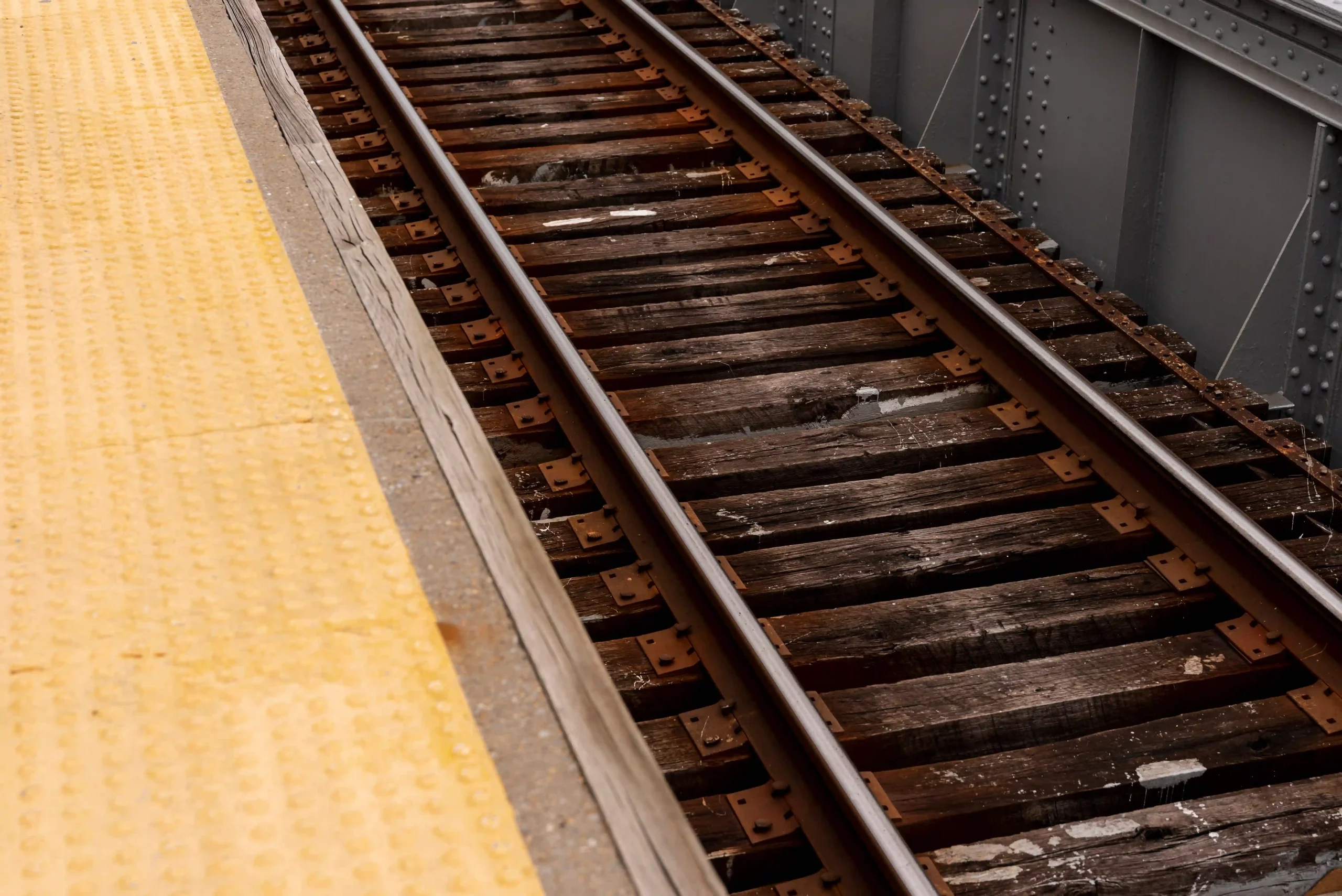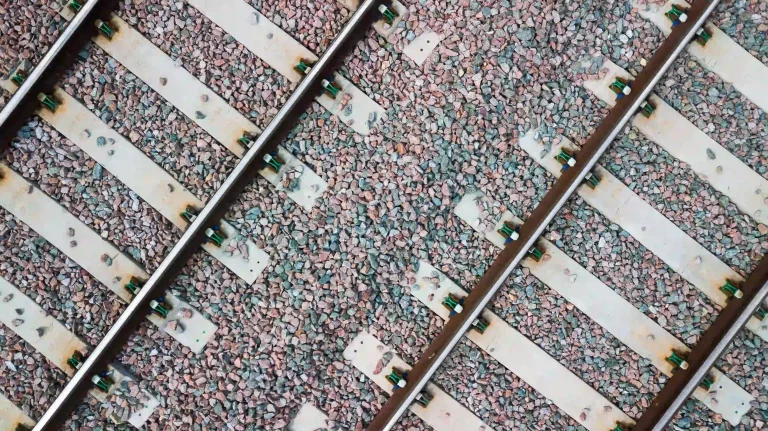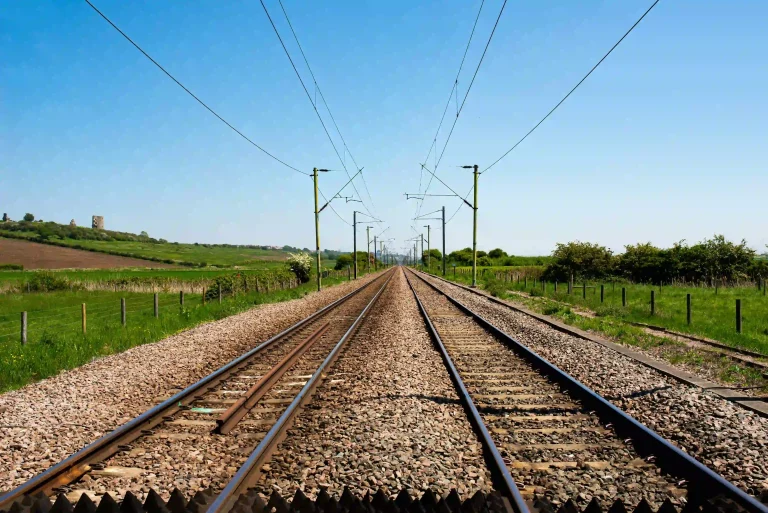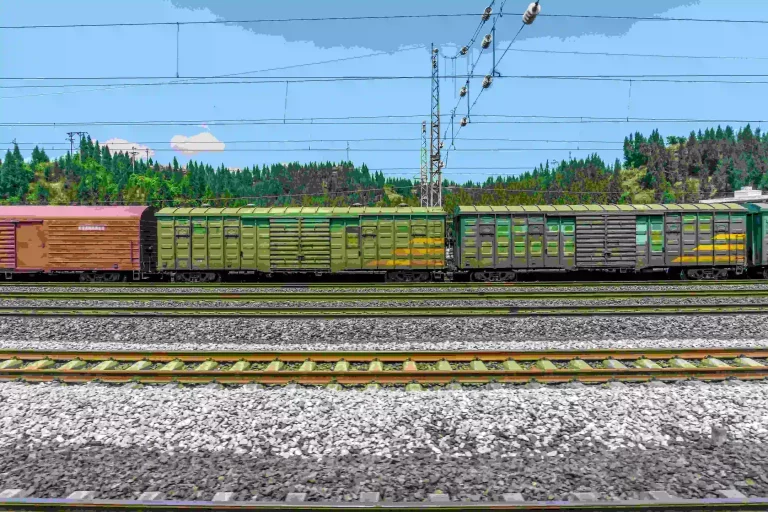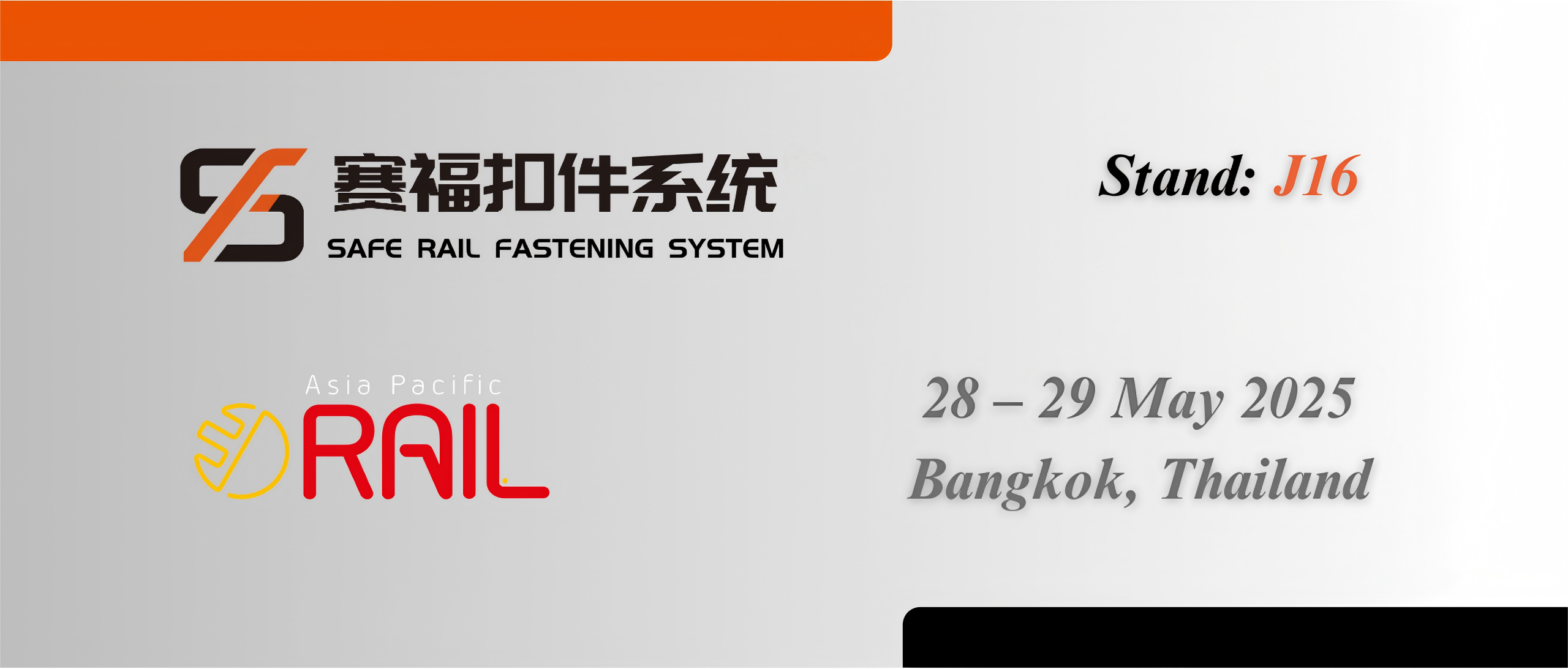Rail gauge baffles are vital components in railway systems, ensuring precise track alignment and stability. This blog will lead you to discover their role in enhancing safety, track longevity, and the compatibility with fastening systems.
What Are Rail Gauge Baffles’ Role in Rail Systems?
The rail gauge baffles are components in the complex realm of railway systems as they significantly impact the stability and safety of the tracks through their design and functions and direct influence on alignment and maintenance practices essential for those working with railway fastener systems.
Definition and Functionality of Rail Gauge Baffles
Rail gauge baffles play a role in rail systems by keeping the track gauge accurate to ensure safe and efficient train operations by maintaining a consistent distance between the rails.
Importance in Maintaining Track Stability
The main significance of rail gauge baffles is their role in maintaining the stability of the tracks by ensuring alignment of the rails to prevent any side-to-side movements that may cause accidents or safety risks such as derailments. This stability is vital for the operation of high-speed trains and heavy freight transportation.
Influence on Track Alignment and Safety
Track alignment is another critical aspect influenced by rail gauge baffles. Proper alignment ensures that trains can travel smoothly without excessive wear on either the tracks or the train wheels. This directly impacts safety, as misalignment can cause significant operational risks.
Types of Rail Gauge Baffles
There are kinds of rail gauge baffles designed for various uses in railway systems; they vary based mainly on their materials and designs.
Material Variations
Various materials are utilized in the production of rail gauge baffles with characteristics, like strength and flexibility that influence their performance in different environments.
Design Differences
Variations in rail gauge baffle designs are tailored to meet operational requirements. Some prioritize durability enhancements while others focus on easy installation or compatibility with specific fastening systems.
How Do Rail Gauge Baffles Affect Fastener System Choices?
The choice of a fastening system is greatly impacted by the features of the rail gauge shield utilized influencing not just compatibility but also impacting installation methods and maintenance approaches over time.
Interaction Between Baffles and Fasteners
The way rail gauge baffles and fasteners interact is crucial when choosing a system as you need to make sure they are compatible for operation together.
Compatibility Considerations
When choosing a fastening system for your project or application rail gauge baffles, it’s essential to ensure that the system is compatible with the type of rail gauge baffles you are using. This compatibility will guarantee smooth and efficient operation while minimizing any potential strain or damage to either component.
Impact on Installation Processes
The type of materials and design used for a rail gauge deflector can have an impact on how fasteners are installed on it. Certain materials might need tools or methods for installation which could affect the overall schedule and expenses of the project.
Influence on Fastener Durability and Maintenance
Railway track width variations also have an impact on how sturdy the fastener systems what upkeep they need affecting factors such as how well they resist wear and their long-term usability.
Effects on Wear and Tear
The way that rail gauge baffles and fasteners work together can impact how they wear down over time. When they fit well together, it helps reduce friction and prolongs the lifespan of both parts.
Implications for Long-Term Maintenance
Maintenance approaches should consider the impact of rail gauge baffles on the lifespan of fasteners requiring checks to track wear and guarantee optimal performance over time for both elements.
What Are the Key Factors in Selecting a Fastener System for Different Rail Gauges?
Selecting the type of fastening system involves thoroughly evaluating a range of factors specific to diverse rail settings while also ensuring compliance with technical requirements and industry standards.
Considerations for Different Rail Environments
In work settings, specific solutions are needed for choosing fastener systems based on factors, like speed needs and location considerations that greatly influence the decision-making process.
High-Speed vs. Freight Lines
High-speed railways require fastening components that can endure levels of dynamic stress unlike the ones used in slower freight lines where the emphasis may be on load-bearing capabilities instead.
Urban Transit vs. Rural Lines
In cities, public transportation systems often need efficient solutions because of limited space whereas in rural areas, it’s better to have stronger designs that can carry heavier loads over longer distances without needing frequent maintenance checks.
Technical Specifications and Standards
Following industry guidelines meticulously guarantees consistency in all areas pertaining not only to efficiency but also to meeting safety regulations, which are essential within the strict regulatory framework of this sector.
Compliance with Industry Standards
Adhering to recognized industry norms ensures uniformity in all aspects enabling smooth coordination among different elements in a railway system.
Customization Options for Specific Needs
You can personalize your choices to fit the needs of a project whether it involves specific environmental obstacles or performance standards set by particular operational needs.
How Does SAFE Ensure Quality as a Rail Gauge Baffle Supplier?
Quality is important when dealing with rail gauge baffle supply operations. SAFE Rail Fastening System (known as Zhejiang Co., Ltd.) has solidified its position, as a provider through rigorous quality checks and a wide selection of products that uphold the highest safety and performance standards.
Overview of SAFE’s Product Offerings
SAFE offers a range of products that meet different requirements in the rail sector with innovative and dependable solutions in mind. They effectively convert scientific research outcomes into applications by combining discipline with industry and market factors. This collaboration with research organizations contributes to industry advancement.
Range of Products Available
SAFE offers a range of products for railway systems such as rail fastening systems and different equipment for high-speed trains and conventional trains as also for heavy haul railways and metro & subway networks Their dedication to using top-notch materials guarantees that their products are long-lasting and perform effectively in various operational settings.
Commitment to Quality and Safety Standards
SAFE follows management systems that highlight its commitment to quality and safety standards. It adheres to the organized structure of the ISO9001 Quality Management System, ISO14001 Environmental Management System, and IS045001 Occupational Health Management System. SAFE also incorporates performance management techniques such as the “6S” Management System, ERP Management System, and JIT Production Management Method. These strategies guarantee that all products meet safety requirements and performance benchmarks.
Conclusion
Understanding the influence of rail gauge baffles on choosing fastener systems entails analyzing how these two components interact within railway systems. Taking into account factors such as compatibility between the parts, installation procedures, the longevity of the materials used maintenance needs, and compliance with industry regulations empowers you to make informed choices that improve the safety and effectiveness of railway tracks.
FAQs About Rail Gauge Baffles and Fastener Systems
How do rail gauge baffles improve track safety?
Rail gauge baffles play a role in enhancing track safety by ensuring that the track gauge alignment is accurate at all times. They are responsible for keeping the rails consistently spaced apart from each other to prevent train derailments and maintain the operation of train services.
Can rail gauge baffles be customized for specific projects?
Certainly! There are customization choices offered for rail gauge baffles to align with project needs. This enables you to adjust selections based on environmental obstacles or specialized performance standards influenced by specific operational necessities.
What maintenance is required for rail gauge baffles?
It’s important to conduct checks to keep track of how quickly rail gauge baffles and fasteners wear out and make sure they work well for a long time in service. Maintenance approaches need to consider how these parts work together over time and concentrate efforts on lowering forces to decrease wear and tear.




